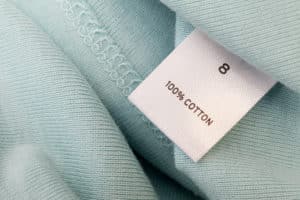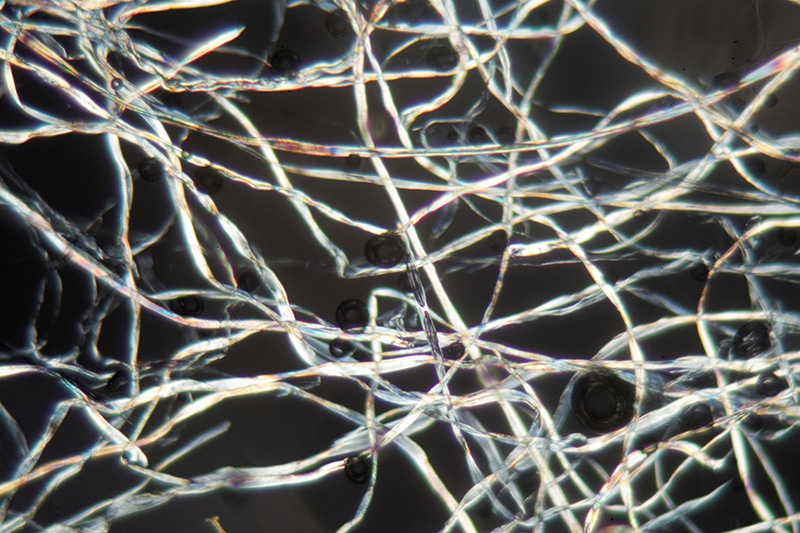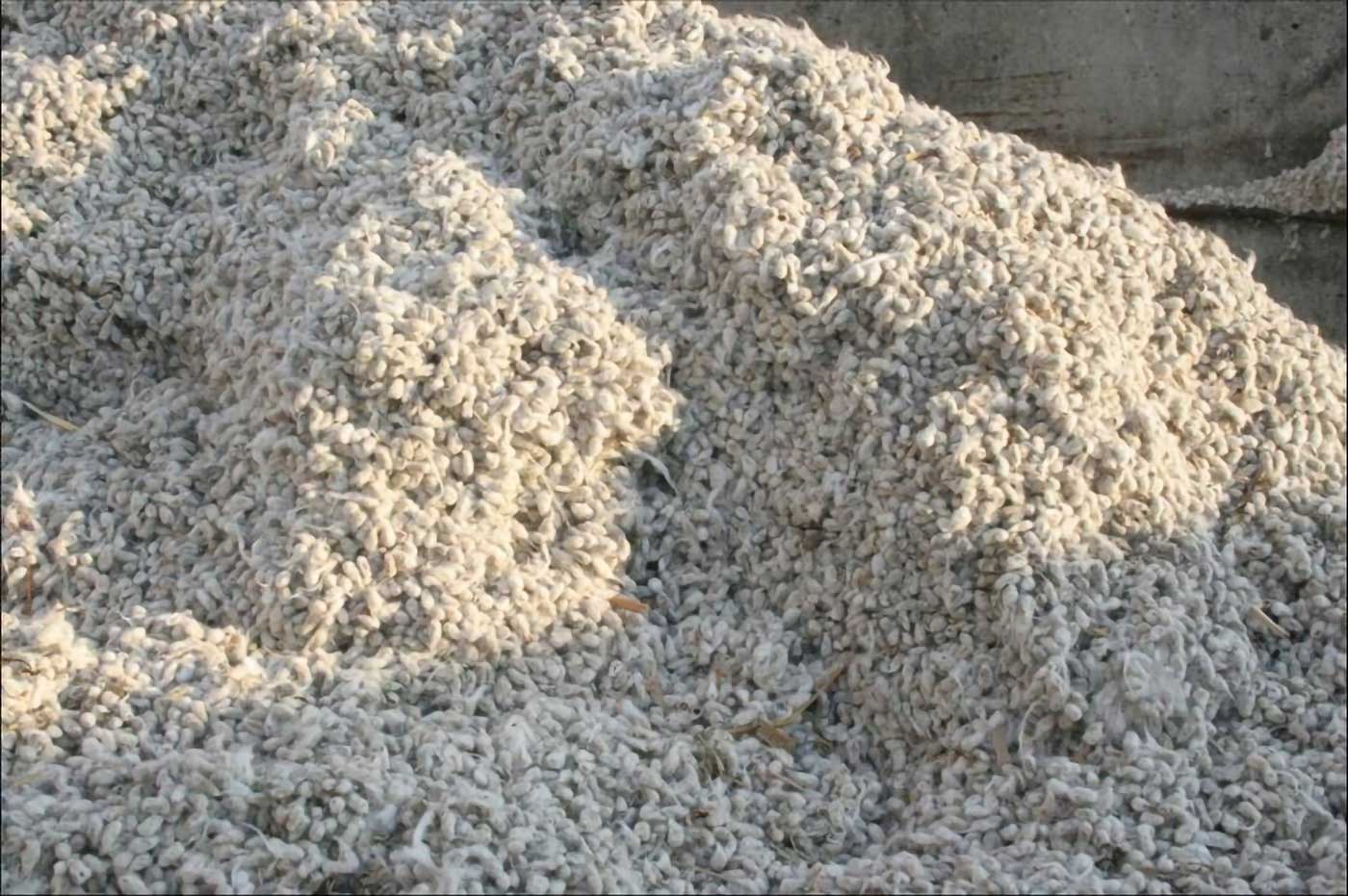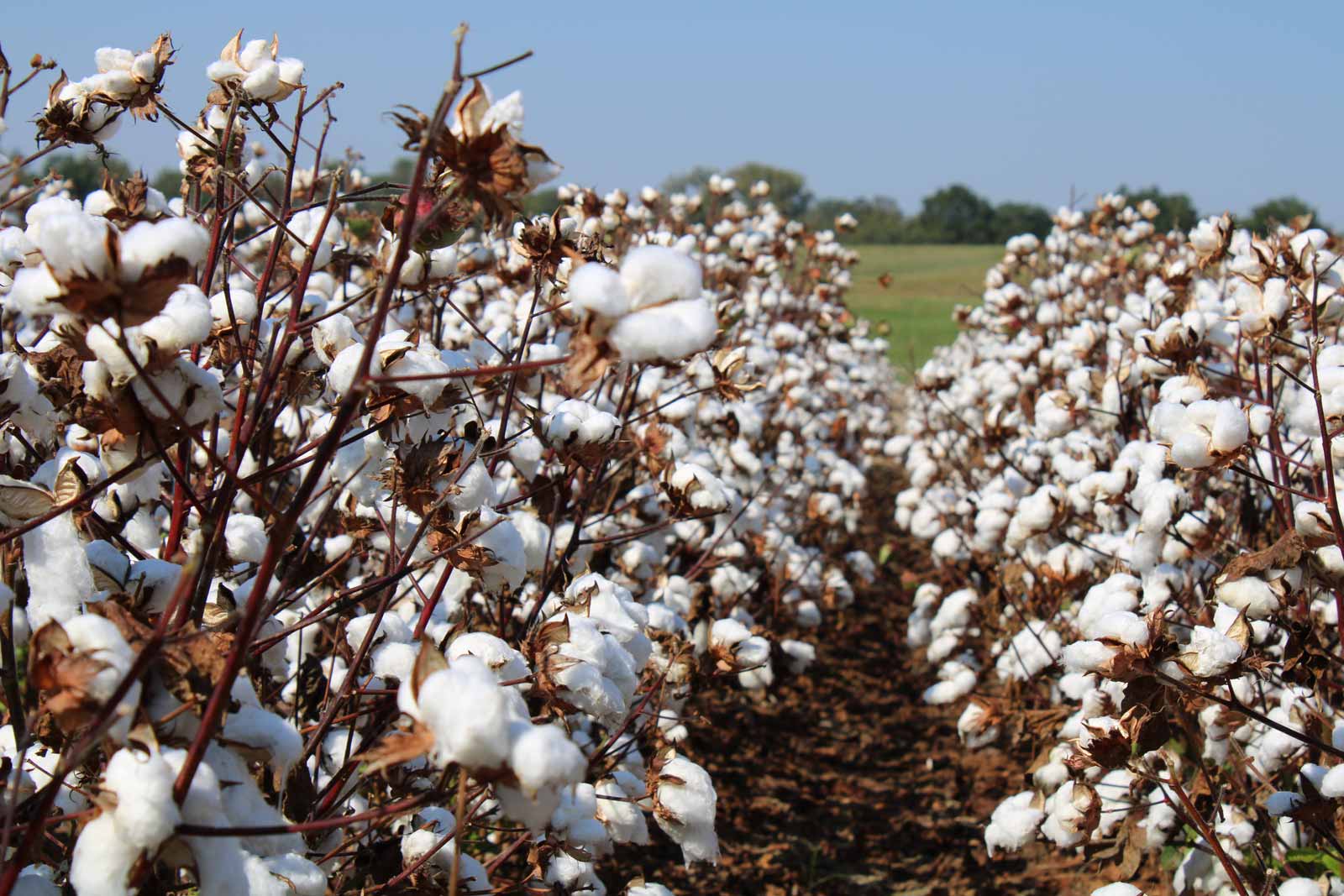Consider this: fiber content is the single most important thing to look for when shopping for closet staples. Garments that are 100 percent cotton or contain a high percentage of cotton fiber feel better, perform better and last longer than other garments – all due to cotton fiber’s scientific properties.
“Cotton is a unique, natural fiber,” said Vikki Martin, vice president of fiber competition at Cotton Incorporated. “The end of the fibers are rounded or tapered, meaning cotton garments feel soft against skin. Cotton fiber is also hydrophilic, so it breathes better than synthetic fibers and won’t trap moisture.”
With blended and synthetic fibers flooding the market every day, make sure you know what you are buying before you make the purchase. Check the label to know the contents and what the best combination for the performance of your clothes.
For example, if you’re purchasing an item that includes spandex, know that the more spandex you add to a garment, the higher your chances of sagging, bagging and the garment stretching out as you wear.
Synthetic garments are often composed of polyethylene terephthalate, the same plastic used to make water bottles. So don’t be surprised when your polyester top makes you sweat (and smell). Unlike cotton, this man-made, hydrophobic fiber doesn’t breathe or handle moisture well. In fact, polyester, nylon, and other synthetic fabrics hold odor and promote growth of bacteria in your undergarments, according to the National Institute of Health.
The properties of natural fibers affect the feel of clothing on your skin too. Cotton’s natural softness is because the naturally tapered ends of the cotton fiber are making them soft to the touch. When these fine fibers stick out of a yarn or fabric, they do not irritate the skin.
Some garments can feel itchy because of the characteristic of the fibers in the garment. Wool products can feel itchy to some people when thicker fiber diameters are used. Fine wool (like cashmere) is not itchy but a coarser, larger wool fiber when sticking out of the yarn is noticeable when touching the skin.
Durability is another critical consideration when choosing closet staples. Cotton fibers have a high degree of polymerization (number of repeating units linked together to form the molecule) and crystallinity (measure of how tightly packed and parallel the molecules are to one another). These chemical properties make cotton fiber stronger than competitive fibers, so your favorite cotton staple will last from season-to-season. An added bonus? The same water-loving properties that make cotton apparel so breathable also mean cotton garments wash cleaner than any other fiber, easily getting rid of nasty odors and smells.
We all have those closet staples we reach for repeatedly. Your go-to pair of jeans, the sweater that’s equal parts stylish and comfortable, or the classic button-up that never goes out of style. On the flip, you also have the top that never seems to look just right, or the sweater that makes you itch up-and-down.

It is not unusual. In fact, according to Cotton Incorporated’s Lifestyle Monitor™, most consumers only wear about 20 percent of their closet 80 percent of the time – proving that reliable closet staples are mainstay. Now you know what you should you look for, on the label, in the web description and in a garment, to find your next closet staple that will last you for years to come.



